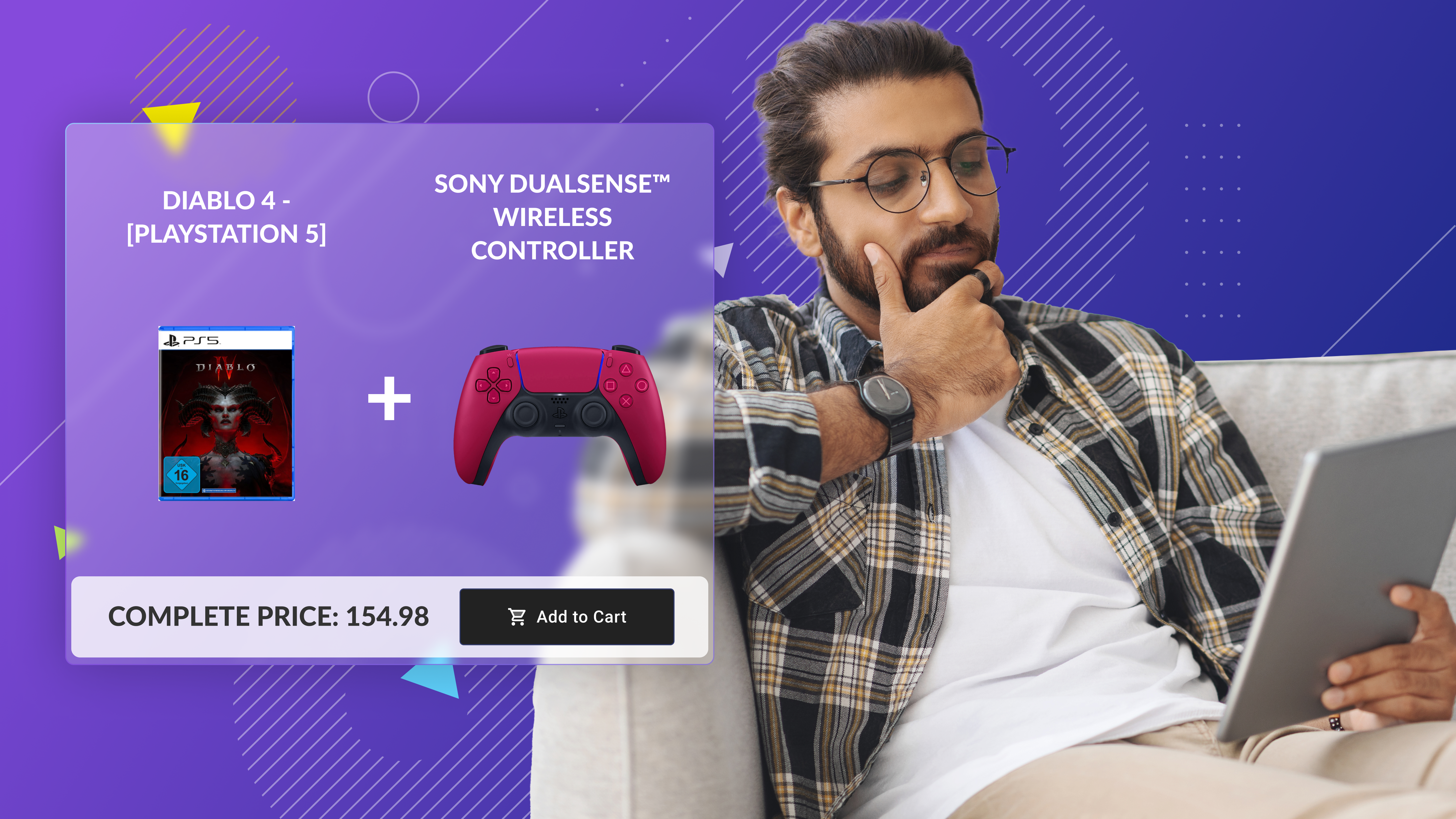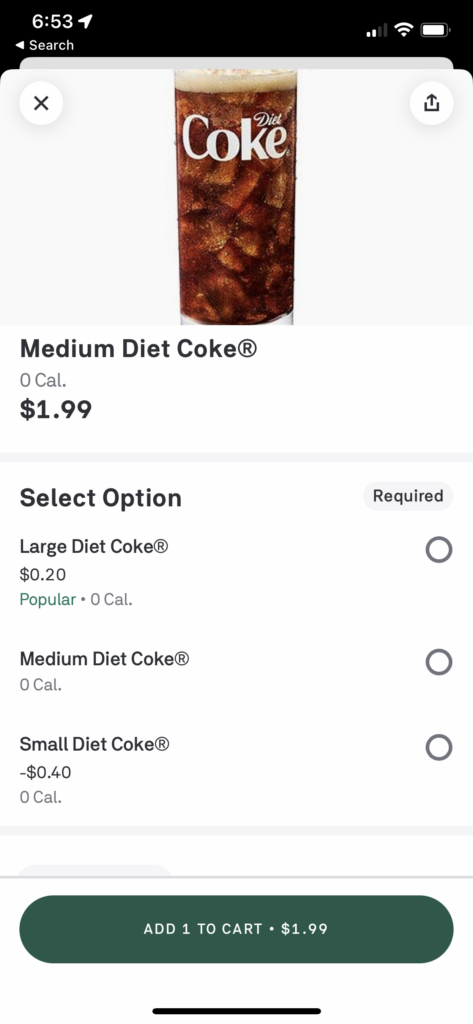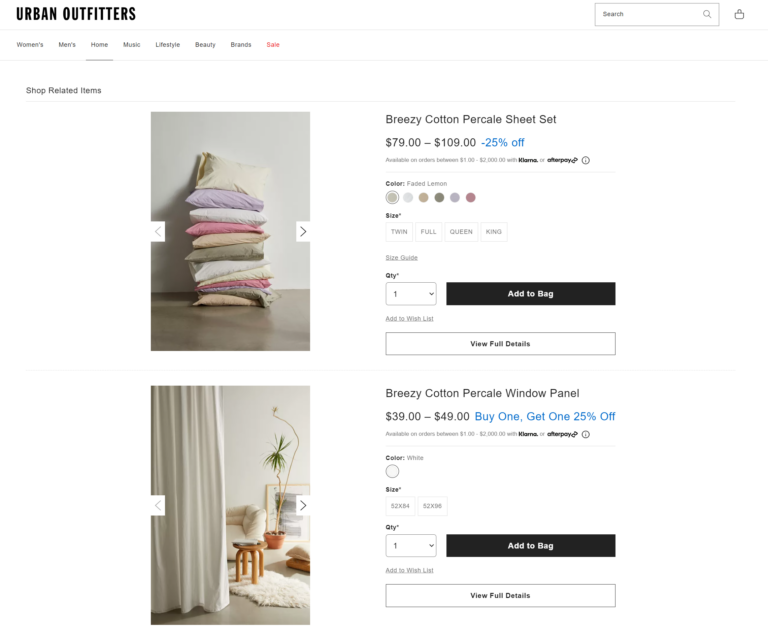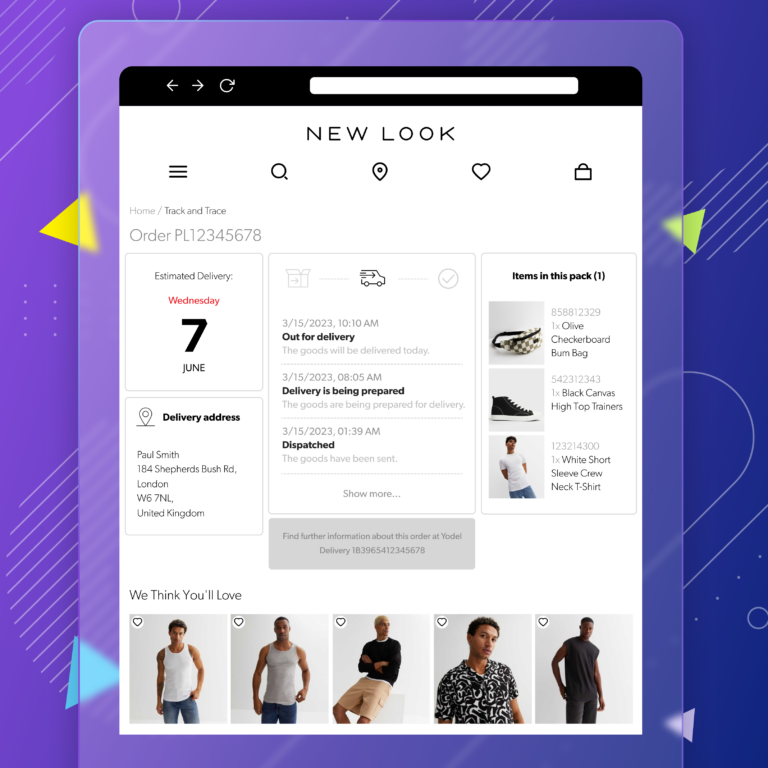In fact, industry data shows that upselling and cross-selling can make up 10 to 30% of an ecommerce website’s sales.
But how do you leverage these tactics effectively? And what tools should you use to make upselling and cross-selling easier and more effective?
In this post, we’ll dive into ecommerce product recommendations (i.e., upselling and cross-selling) and offer best practices and tools to improve your sales initiatives.
Let’s get started.
Upselling and cross-selling in ecommerce: an overview
| Upselling | Cross-selling | |
|---|---|---|
| Purpose | Increase transaction value by encouraging the customer to purchase a higher-end product or upgrade | Increase the sale value and basket size by adding more products to the customer's cart |
| Recommendations | Offering a more expensive, upgraded, or premium version of the product the customer is considering | Suggesting related or complementary products that go well with the primary item the customer intends to buy |
| Timing | Happens before the customer chooses a product | Takes place after the customer has decided on a primary purchase |
| Where it takes place | On the product or checkout page | On the product page, checkout page, post-purchase messages, and order tracking page |
Upselling and cross-selling are sales tactics designed to maximize average order value and basket size. Typically implemented when a customer decides (or has already decided) to purchase a product, these strategies involve strategically suggesting higher-priced alternatives or complementary products that align with the customer’s initial product choice.
While they’re certainly similar, upselling and cross-selling have some key distinctions.
Cross-selling involves suggesting related or complementary products that go well with the primary item the customer intends to buy. Meanwhile, upselling is about offering a more expensive, upgraded, or premium version of the product they’re considering.
Upselling and cross-selling also have some notable differences around timing.
Upselling happens when the customer is still deciding on which product to buy. In this instance, the brand can steer the shopper towards a more premium version of the item. On the other hand, cross-selling usually takes place once a customer already decides to purchase something. But this time, the retailer suggests items complimenting the product the customer has added to their cart.
Effective upselling and cross-selling: What is needed?
Now that we’ve covered the basics of upselling and cross-selling, let’s discuss the components you need to implement these practices successfully.
Customer knowledge
You can only upsell and cross-sell effectively if you deeply understand your customers. So, gather insights into their needs, preferences, and shopping journey.
What motivates them to shop for a product? Are they price-sensitive? Which features of your products resonate most? The answers to these questions can be obtained by analyzing shoppers’ behavior and purchase history. Doing so will give you a clear picture of their journey, so you can upsell and cross-sell accordingly.
The right inventory
To suggest product upgrades and add-ons, you need to have those items in stock. See to it that your inventory management is efficient and real-time. A system that promptly updates and reflects changes in your inventory will prevent you from recommending out-of-stock items.
A solid sales and marketing strategy
Already have the right products? The next step is marketing those products effectively. Your website should contain content and imagery that communicate the benefits of your product recommendations. This includes explaining why the higher-end product is worth the extra cost or how the additional product complements the original purchase.
Strategic timing
Springing an upsell or cross-sell at an inopportune time can break the sale.
That’s why it’s essential to time your efforts carefully. For upselling, it’s best to offer the higher-end product before the customer finalizes their decision. For cross-selling, it’s more effective to suggest add-ons during checkout or even after the sale as part of a follow-up email.
The right tools
While brick-and-mortar stores have sales associates who can facilitate the upsell and cross-selling process, it’s much more difficult (though not impossible) for an ecommerce site to implement human-powered sales tactics.
That’s why an online upselling or cross-selling strategy requires the right technology and . You should adopt a solution that can sell for you via website widgets and post-purchase communications. Be sure to look for features like cross-sell and upsell automation, which can aid in boosting sales.
And this brings us to our next point…
Upselling and cross-selling: Top tools for ecommerce success
Which is the best solution for ecommerce upselling and cross-selling?
Like most things, it all depends. Factors like your ecommerce platform, sales strategy, and technology preferences are all important considerations when choosing your cross-selling and upselling software.
Here are some of the most popular ones in the market.
parcelLab
parcelLab’s post-purchase platform makes cross-selling easier, particularly once a shopper has completed their purchase. Our branded and customizable customer comms tools allow you to insert relevant product recommendations in your order notification emails to encourage shoppers to look at your other products.
You can also incorporate product recommendations into your to provide customers with tailored suggestions while they eagerly anticipate the arrival of their purchase.
This not only maximizes your sales opportunities but also ensures a seamless and personalized customer experience, fostering stronger relationships and promoting customer loyalty. With parcelLab, you can turn your order emails and order tracking pages into powerful cross-selling platforms, leveraging each customer interaction for optimal results.
Bloomreach
Bloomreach is an ecommerce experience platform that offers a range of features, including site search, merchandising, personalization, and more.
In the context of upselling and cross-selling, Bloomreach has a targeted product recommendation system that uses advanced search intelligence to pull your product and visitor data.
The tool dynamically suggests the most relevant products to each customer based on their intent, increasing the likelihood of conversions.
Bold Commerce
Bold is a commerce platform designed to drive average order values at the checkout stage of the customer journey.
Most notably, it allows brands to offer product recommendations at checkout. You can create custom logic to optimize checkout flow, making it easy to upsell and cross-sell based on the customer journey.
Bold also lets you sell one-time purchases or subscriptions at checkout, so you can quickly turn new shoppers into returning customers.
Algolia
Algolia’s platform primarily powers digital search and discovery experiences. One unique capability of Algolia is its ecommerce recommendation system “that enables rapid, scalable product discovery.”
The solution enables developers to build the most optimal recommendation experiences. So whether you’re suggesting related products or showcasing items that are frequently bought together, you can use Algolia to make it happen.
Gorgias
Gorgias mainly functions as helpdesk software, but the solution offers some handy features for upselling and cross-selling. It can connect to your ecommerce platform and pull each shopper’s purchase history into the helpdesk, making it easy for your team to recommend products (whenever appropriate).
You can use Gorgias to turn help desk conversations into revenue opportunities. The software even has revenue reporting features to see how much sales are brought in from customer support.
Bonus: your existing ecommerce platform
While there are powerful tools and add-ons for upselling and cross-selling, don’t forget to check out your existing ecommerce platform or shopping cart software. Most solutions—including Shopify, Woocommerce, and BigCommerce—have built-in features for setting up product recommendations.
These out-of-the-box capabilities are enough to cover straightforward initiatives. Of course, if your upselling and cross-selling requirements are complex, you’ll need to install an add-on or use a different solution.
It’s also important to note that most ecommerce shopping carts only offer on-site product recommendations. If you want to engage customers after the sale, you need to leverage a post-purchase platform.
Examples of cross-selling and upselling strategies in action
What exactly does an excellent cross-selling or upselling strategy look like? Here are a few examples showing these tactics in action.
McDonald’s
The most classic example of upselling comes from fast food restaurants like McDonald’s. Customers are routinely asked if they’d like to upgrade the size of their drink for a small fee.
And while this practice is traditionally done in-store, online and mobile ordering platforms are making it easy for companies like McDonald’s to implement upselling in the digital age.
When you place an order using UberEats or DoorDash, the app will subtly promote the “upgraded” version by placing the most expensive option at the top, along with a “Popular” tag underneath the item.
This example demonstrates how upselling strategies can be adapted for digital platforms. By subtly promoting more expensive options and leveraging psychological cues like popularity, you can increase average order value and maximize revenue, even in an online or mobile context.
Urban Outfitters
Here’s an example of ecommerce cross-selling care of Urban Outfitters. The retailer’s product pages contain a section called “Shop Related Items,” which displays similar or complementary merchandise to the items you’re looking at.
For instance, if you’re shopping for a comforter, Urban Outfitters may recommend sheets or pillowcases to go with your purchase.
New Look
So far, we’ve looked at companies implementing upselling and cross-selling before the purchase is complete. This next example is a little different. In this instance, New Look implements post-purchase cross-selling, where the company displays personalized and relevant recommendations on its branded tracking page.
New Look uses parcelLab to power its post-purchase marketing initiatives, enabling the brand to deliver tailored content to keep shoppers engaged. This not only helps New Look capture customer interest, it also opens up opportunities for additional sales.
11teamsports
Here’s another example of post-purchase cross-selling done right. This time, we have 11teamsports, one of Europe’s largest online sports memorabilia stores.
11teamsports leverages parcelLab’s post-purchase platform to . When shoppers receive their orders, 11teamsports sends an email to notify them that the delivery was successful. This message also contains personal recommendations based on the recipient’s shopping behavior.
Since using parcelLab, 11teamsports experienced a healthy lift in key metrics, including:
- 19% Revenue increase
- 8% Increase in basket size
- 3.5% increase in repurchase rate
Final words
Upselling and cross-selling strategies are integral components in the ecommerce toolkit for maximizing sales. To be successful, it’s vital to understand your customers deeply, have the right inventor,y and adopt robust ecommerce tools.
Hopefully, the tips and examples above shed light on new ideas that you can incorporate into your sales and marketing strategy.
FAQ
Both upselling and cross-selling are strategies to increase sales, but they have fundamental differences. Upselling is about encouraging customers to purchase a more expensive, upgraded, or premium version of the item they’re considering. It often happens while the customer is deciding on a product.
On the other hand, cross-selling involves suggesting related or complementary products that enhance the value of the primary item the customer intends to buy, often after they’ve decided to purchase something.
Absolutely. In fact, your cross-sell and upsell recommendations will be far more effective when they’re personalized. The good news is that numerous tools (see above) can help you tailor your product recommendations and increase the chances of maximizing conversions.
For best results, choose a solution that can seamlessly connect with your ecommerce store, inventory management, and CRM. This lets you gather data and insights about your customers’ shopping behaviors, preferences, and purchase histories. All that info can then be used to personalize upsell recommendations, making them more relevant and appealing to each shopper.
Written by




